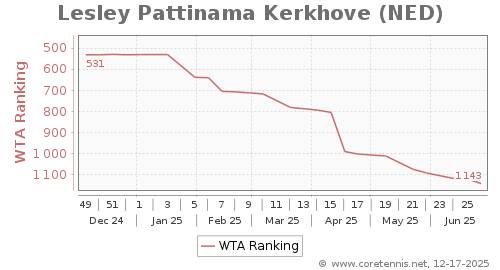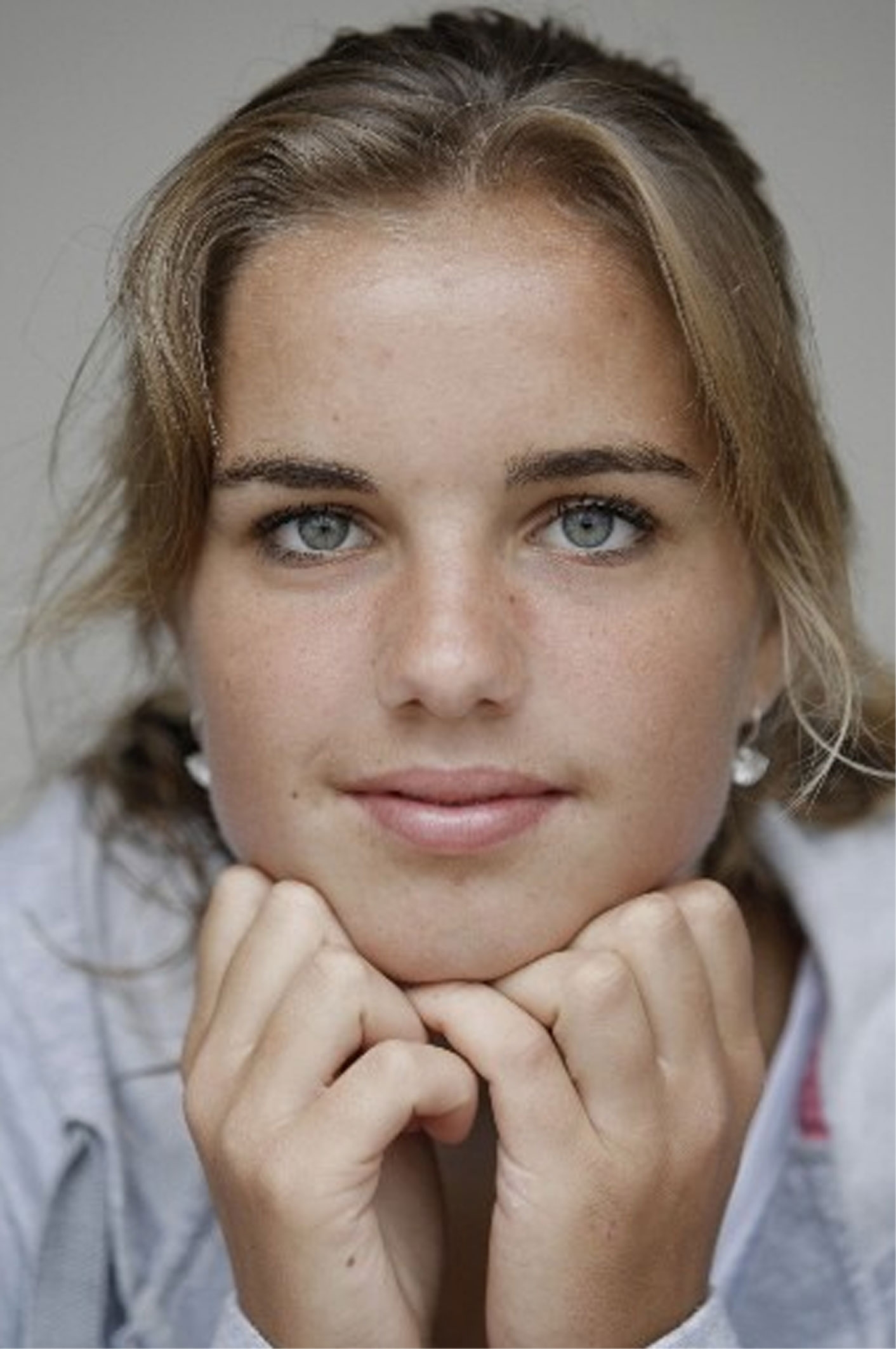SEATTLE — The global airline industry is making a robust economic recovery and will need $3.6 trillion in new aircraft over the next 20 years, Boeing Co. said Thursday in its annual long-range forecast.
In all, airlines will need 30,900 new jets between now and 2029, with more than two-thirds of the demand for smaller single-aisle jets such as Boeing's 737 and Airbus' A320, the company said in its 2010 Current Market Outlook.
Airlines have seen a rebound in passenger and freight traffic this year and should return to profitability in 2011, Boeing officials say.
"For passenger traffic in 2010 we're expecting to see a 5-6 percent improvement over where we were last year; in terms of cargo, somewhere around 14 percent or more," Randy Tinseth, Boeing Commercial Airplanes vice president for marketing, said in a recent briefing in advance of next week's Farnborough International Airshow in Britain.
Airlines have been able to manage their way through the economic downturn fairly well by keeping costs down, he said.
"We're starting to see more airlines returning to profitability — returning to profitability really before we expected it," Tinseth said.
That's one reason Boeing is increasing its aircraft production rate in 2012, he said. Boeing is boosting its 737 rate to 35 planes, up from 31.5 currently, and will increase production of its 777 and 747 widebody aircraft earlier than planned. It also is building a temporary "surge" production line at its Everett, Washington, assembly plant for its new and long-delayed 787 jetliner. That's in addition to its existing 787 line at Everett and a 787 plant being built in Charleston, South Carolina.
Tinseth said financing for new aircraft is improving and high fuel prices have airlines looking to retire some older planes and consider new and more efficient ones. Airlines also are preparing for an upswing by investing more in passenger amenities, especially first and business class upgrades.
World air travel has grown about 5 percent a year since 1977 and Boeing expects that will continue, he said.
Boeing is being more conservative than the International Air Transport Association, which said last month that global industry profits should reach $2.5 billion this year. Just three months earlier, the industry group forecast a loss of $2.8 billion. The industry lost about $9.4 billion in 2009.
The IATA forecast passenger growth of 7 percent to a total of 2.4 billion passengers in 2010 and cargo growth at 18.5 percent.
Both IATA and Boeing say Asia and North America are leading the recovery, with Europe lagging behind. IATA says strikes at some airlines, the debt crisis and the volcanic ash cloud that caused major disruptions this spring are hurting Europe's recovery.
Boeing's 20-year forecast is slightly brighter than last year's, when it predicted demand for 29,000 aircraft worth $3.2 trillion for 2009-2028.
This year's report says 21,160 single-aisle jets worth $1.7 trillion will be needed, along with 7,100 twin-aisle planes such as the 777, 787 and Airbus' A330-340 family, worth $1.6 trillion. The world will need 720 large aircraft such as Boeing's 747 and Airbus' superjumbo A380, worth $220 billion, and just 1,1920 regional jets — those under 90 seats — worth $60 billion.
In its long-range forecast issued last September, Airbus predicted about 25,000 new planes worth $3.1 trillion will be delivered from 2009 to 2028. Those figures omit smaller regional jets.
Airbus, which has banked heavily on its 525-passenger A380, differs sharply from Boeing in predicting more than 1,700 large planes will be needed.



















































